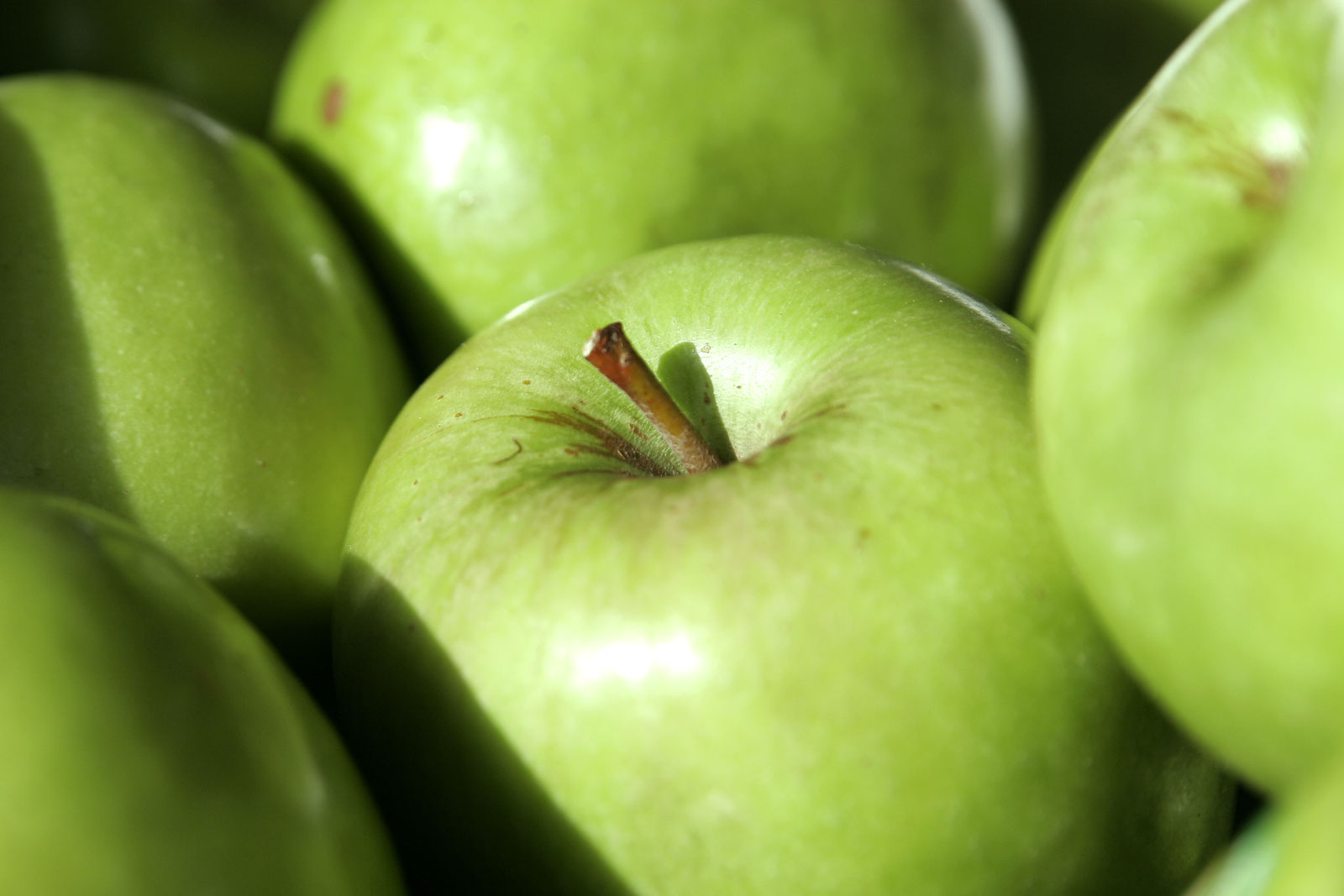 The apple tree is a deciduous
tree in the rose family
best known for its sweet, pomaceous fruit, the apple.
It is cultivated
worldwide as a fruit tree, and is the most widely grown
species in the genus
Malus. The tree
originated in Central Asia, where its wild ancestor, Malus
sieversii, is still found today. Apples have been grown for
thousands of years in Asia and Europe, and were brought to North America by
European colonists. Apples have religious and mythological significance in many cultures, including Norse,
Greek
and European Christian traditions.
The apple tree is a deciduous
tree in the rose family
best known for its sweet, pomaceous fruit, the apple.
It is cultivated
worldwide as a fruit tree, and is the most widely grown
species in the genus
Malus. The tree
originated in Central Asia, where its wild ancestor, Malus
sieversii, is still found today. Apples have been grown for
thousands of years in Asia and Europe, and were brought to North America by
European colonists. Apples have religious and mythological significance in many cultures, including Norse,
Greek
and European Christian traditions.
Apple trees
are large if grown from seed, but small if grafted onto roots (rootstock).
There are more than 7,500 known cultivars of apples, resulting in a range
of desired characteristics. Different cultivars are bred for various tastes and
uses, including cooking, eating raw and cider
production. Apples are generally propagated by grafting,
although wild apples grow readily from seed. Trees and fruit are prone to a
number of fungal,
bacterial
and pest problems, which can be controlled by a number of organic
and non-organic means. In 2010, the fruit's genome was
decoded as part of research on disease control and selective breeding in apple
production.
About
69 million tons of apples were grown worldwide in 2010, and China produced almost half
of this total. The United States is the second-leading producer,
with more than 6% of world production. Turkey is
third, followed by Italy,
India
and Poland.
Apples are often eaten raw, but can also be found in many prepared foods
(especially desserts) and drinks. Many beneficial health effects are thought to
result from eating apples; however, two forms of allergies are seen to various
proteins found in the fruit.
A typical apple
Red and green apples in India
A "Granny Smith" Apple



No comments:
Post a Comment